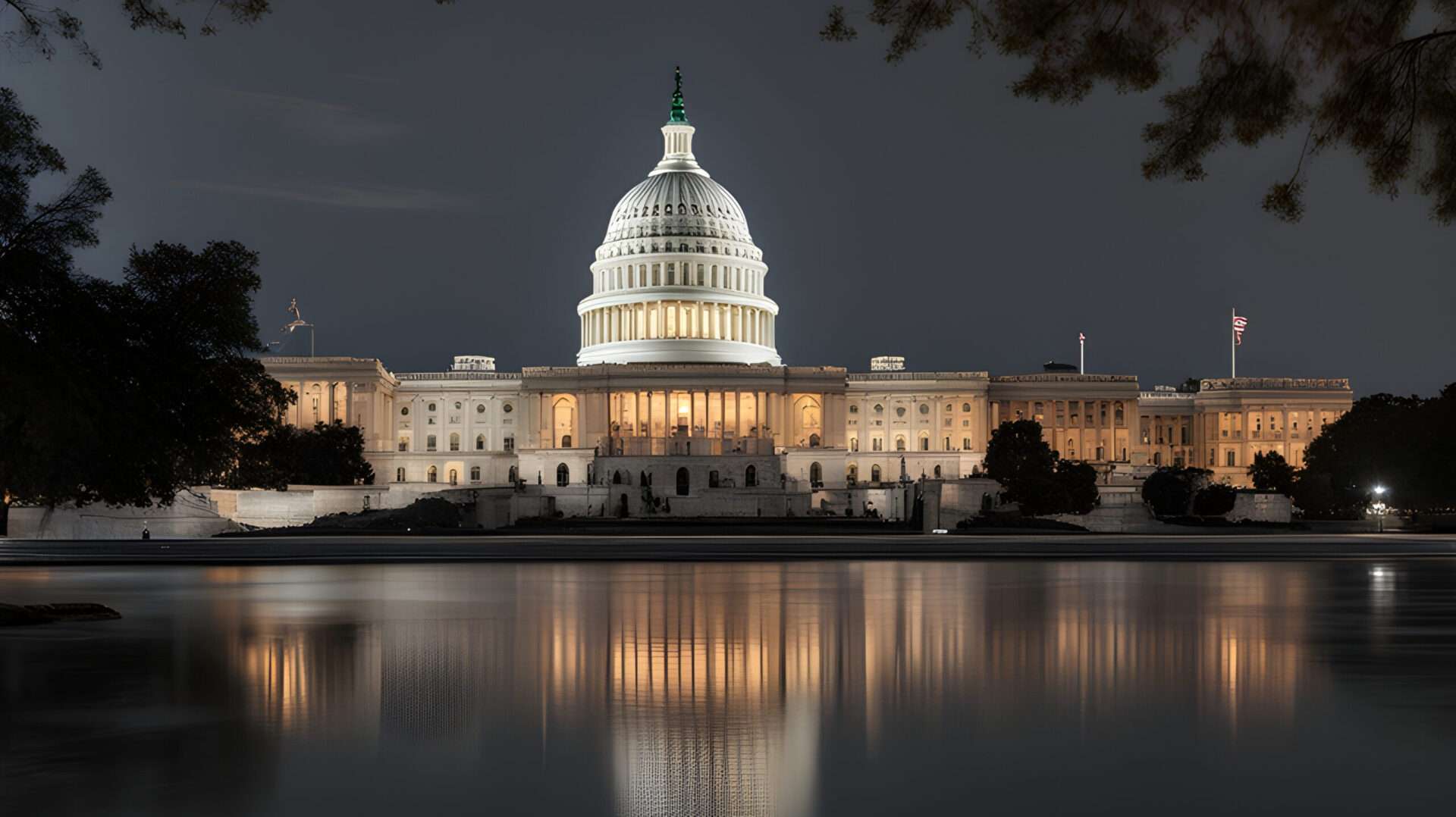Note: Political Awareness’s published communication is never authorized by any candidate or their committees.
Written by Jada Makar and Jonathan Charlestream
As the U.S. Supreme Court ended its 2024–25 term, it issued several major rulings on executive power, education, and healthcare. These decisions reflect ongoing debates about the role of government, individual rights, and public policy.
On June 27th, the Court ruled in Trump v. Casa Inc., a case challenging an executive order that reversed the long-standing practice of birthright citizenship. While the justices did not rule on the constitutionality of birthright citizenship itself, they issued a narrow 6–3 decision along ideological lines.
The majority held that lower federal courts may not issue nationwide injunctions. Instead, courts can only grant relief to the parties involved in the case. Justice Amy Coney Barrett, writing for the majority, emphasized judicial restraint.
She stated, “When a court concludes that the Executive Branch has acted unlawfully, the answer is not for the court to exceed its power, too.”
This ruling favors the Trump administration. However, it does not eliminate birthright citizenship nor alter the 14th Amendment. Rather, it limits the power of individual judges to halt federal policies across the country.
In Mahmoud v. Taylor, the Court weighed in on parental rights versus LGBTQ+ inclusion in public schools. It ruled 6–3 in favor of parents who objected to LGBTQ+ content in children’s storybooks, allowing parents to withdraw their children from public school classes when such themes are included.
Justice Sonia Sotomayor dissented, warning that the decision failed to recognize a key reality: “LGBTQ people exist.” In support of Sotomayor, critics argue that this decision could restrict inclusive education and reinforce the marginalization of LGBTQ+ students.
A third major case, Kennedy v. Braidwood Management, Inc., addressed healthcare access under the Affordable Care Act. Religious conservative groups sought to block preventive care requirements, including the provision of HIV prevention drugs like PrEP. These groups argued that the drugs promoted behaviors they opposed on religious grounds.
Continuing the trend, the Court again ruled 6–3, this time to uphold the preventive care provisions. The majority found the protections constitutional, preserving no-cost preventive services for millions of Americans. Had the ruling gone the other way, it could have jeopardized access to medications that prevent HIV transmission and other diseases.
These rulings reflect sharp ideological divides and leave lasting implications for civil rights, healthcare. Further, the balance of power between courts and the executive branch hangs in the balance.

Leave a Reply